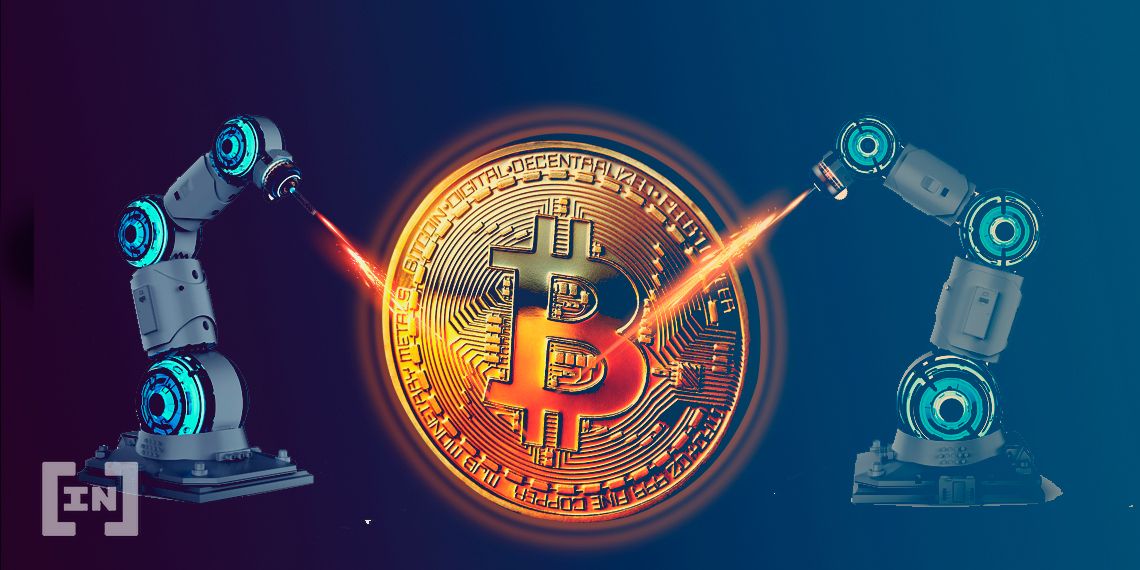Bitcoin’s SHA256 encryption algorithm is still safe despite Chinese researchers’ claims of cracking RSA encryption with existing quantum computers.
A group of 24 Chinese researchers said they could factor a 48-bit number using a 10-qubit quantum computer. This could be crucial in breaking the RSA encryption algorithm that underpins much of the internet’s communication.
Chinese Claim to Optimize Shnorr Algorithm With Quantum Machine
The researchers claim that they can use quantum computers to solve a previously unsolvable step in Schnorr’s method of factoring large prime numbers. Solving the prime factors of a large number is a crucial step in breaking the RSA encryption algorithm.
While the paper is theoretically sound, experts say it is hard to prove that today’s quantum computers will yield improvement.
In the absence of any analysis showing that it will be faster, I suspect that the most likely scenario is that it’s not much of an improvement,” said MIT scientist Peter Shor.
The RSA algorithm ensures confidentiality between parties exchanging data through public and private keys. It is a two-way function. This means that given the encrypted information and a private key, it is possible to determine the plaintext.
The idea that quantum computing could break encryption schemes deemed “uncrackable” by conventional computers was proposed by Shor in 1994.
Hashing Function Uncrackable, For Now
SHA256, on the other hand, is used to ensure that data has not been changed. It is a hashing function rather than an encryption algorithm.
On the Bitcoin network, SHA256 helps to prove that the data from a transaction block has not been tampered with. It is a one-way function, meaning the output cannot be used to determine the input.
While Shor’s work proved that it is feasible to solve for the prime factors of a huge number, forming the basis for cracking RSA encryption, no known algorithms determine the input of a hash function, given its output. SHA-256 is also said to be collision-resistant, making it nearly impossible to find different inputs that yield the same output.

A Bitcoin miner must continuously vary a number called a nonce to tailor the output of a SHA256 function such that it is less than a predefined number. The number, called the difficulty, is adjusted based on how long miners took to create the correct output of the previous 2016 blocks. If guessing the correct output of the last 2016 blocks took longer than ten minutes, then the Bitcoin algorithm makes the difficulty target easier to guess, and vice versa. The miner uses special computers called ASICs to make the most number of guesses possible in a second.
A January 2022 paper from the University of Sussex said that a quantum computer with 13 million qubits “break Bitcoin encryption” in a day, while the same task would take a 300 million qubit machine one hour. It is unclear whether the paper refers to the private and public keys to exchange Bitcoin or the SHA256 hashing function.
IBM Touts Impressive Roadmap
U.S. multinational IBM claims to own the most powerful quantum computer in the world, with 433 qubits. It has plans to launch a 1,000-qubit quantum computer in 2023 and a 4,000-qubit machine in 2025.
Japanese computing giant Fujitsu is expected to ship the country’s first 64-qubit domestic quantum computer in the spring of 2023. It recently penned a new agreement to supply a Spanish computing center with the machine. Last year, it struck a deal with the RIKEN research institute to deliver a machine for medical research.
However, as with the Chinese researchers, breakthroughs could surface much faster than expected.
For Be[In]Crypto’s latest Bitcoin (BTC) analysis, click here
Disclaimer
In adherence to the Trust Project guidelines, BeInCrypto is committed to unbiased, transparent reporting. This news article aims to provide accurate, timely information. However, readers are advised to verify facts independently and consult with a professional before making any decisions based on this content. Please note that our Terms and Conditions, Privacy Policy, and Disclaimers have been updated.


